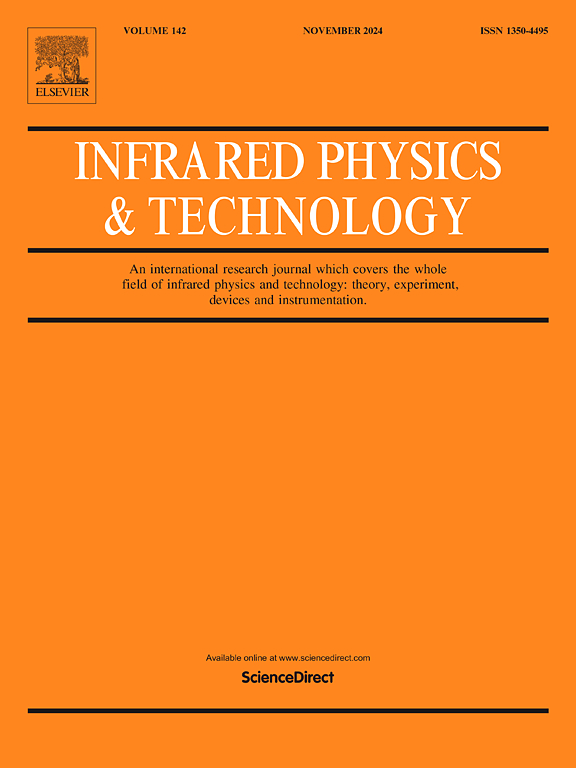Cluster optimized batch mode active learning sample selection method
IF 3.1
3区 物理与天体物理
Q2 INSTRUMENTS & INSTRUMENTATION
引用次数: 0
Abstract
Active learning for selecting representative samples submitted to labeling can save model development costs. However, the performance of single-sample selection in each iteration is compromised by a heavy computational burden and low efficiency in reference measurements, issues that can be addressed through batch mode active learning. The sample redundancy in batch mode active learning has long been a challenge. To overcome the shortcomings, a batch mode sample selection method that takes representativeness, diversity, and informativeness into account is proposed, called Gaussian Process Cluster Optimized Active Learning (GPCOAL). Firstly, the Gaussian process is utilized to obtain the variance (information) of each sample. Subsequently, K-means clustering is performed to ensure diversity, and the sample with largest silhouettes is selected from each cluster to ensure representativeness. Finally, the Gaussian process variance and the silhouettes of each sample are integrated to select the most suitable samples within each cluster. Experimental validation is conducted on spectroscopic datasets to illustrate the effectiveness of the GPCOAL sample selection method.
求助全文
约1分钟内获得全文
求助全文
来源期刊
CiteScore
5.70
自引率
12.10%
发文量
400
审稿时长
67 days
期刊介绍:
The Journal covers the entire field of infrared physics and technology: theory, experiment, application, devices and instrumentation. Infrared'' is defined as covering the near, mid and far infrared (terahertz) regions from 0.75um (750nm) to 1mm (300GHz.) Submissions in the 300GHz to 100GHz region may be accepted at the editors discretion if their content is relevant to shorter wavelengths. Submissions must be primarily concerned with and directly relevant to this spectral region.
Its core topics can be summarized as the generation, propagation and detection, of infrared radiation; the associated optics, materials and devices; and its use in all fields of science, industry, engineering and medicine.
Infrared techniques occur in many different fields, notably spectroscopy and interferometry; material characterization and processing; atmospheric physics, astronomy and space research. Scientific aspects include lasers, quantum optics, quantum electronics, image processing and semiconductor physics. Some important applications are medical diagnostics and treatment, industrial inspection and environmental monitoring.

 求助内容:
求助内容: 应助结果提醒方式:
应助结果提醒方式:


